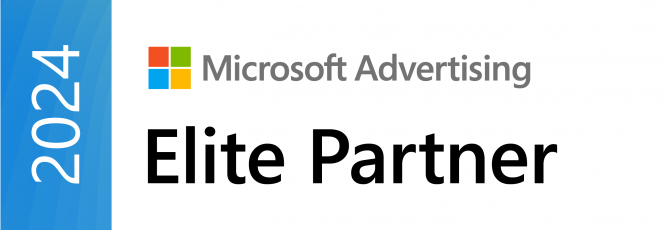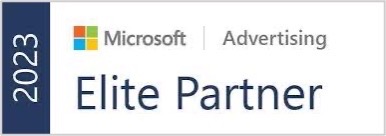
Read our blog to find out the value of single keyword ad groups (SKAGs) in helping to increase revenue for businesses and their clients, and why SKAGs must not be excluded by PPC managers within strategies going forward.
The ultimate aim for PPC managers is to drive revenue efficiently, both for the business and its clients, and one way you can do this is to introduce single keyword ad groups into your PPC campaigns to test if this is a viable strategy for your campaigns.
Although a tried and tested method, many PPC managers are unaware of the benefits of this tactic and the positive impacts it can have on their campaigns.
To remind you of the many benefits of single keyword ad groups (SKAGS), we’ve put together a guide that includes the benefits, any disadvantages you should be aware of and whether or not they still deserve a place in 2022 campaigns.
Essentially, single keyword ad groups consist of ads with just one keyword in them instead of multiple, with campaigns focused solely on this keyword.
By doing this, instead of bidding ads on a range of keywords per ad group, you can target all the ad copy on that one specific term.
This tactic is actually considered the opposite of what Google recommends, with the platform often recommending as many as 10-20 keywords per ad group. However, don’t let this discourage you from incorporating it into your future campaigns.
Utilising SKAGS can also make it easier to write ad copy that is more keyword focused, which can directly go towards improving your Google Ads quality score.
To understand how SKAGS work, we’ve put together a guide on how to create a single keyword ad group in Google Ads Editor.
This is an extremely common question asked by marketers and PPC experts. Thankfully, SKAGS are still relevant, it’s just how you use them in your own campaigns that will determine whether or not they will be a success.
There are many ways you can use SKAGS to your advantage. For example:
By lowering the discrepancy ratio of your search terms and keywords, you may see an increase in visitors clicking on your ads, as your ad will now act as a keyword holder.
CTR will improve as, typically, people rarely read the entire ad copy before clicking and interacting with an ad.
With the new control over your bid options for keywords, you can pause any campaigns that focus on wasteful or lower-performing keywords, you can increase your conversions due to a larger portion of your clicks becoming more likely to convert.
Once you can see your ads moving in the right direction with the use of SKAGS, and your search terms are exposed, you’ll find that you need to add fewer negative keywords to your campaigns over time.
Additionally, you can gain a deeper understanding into which keywords are driving the most sales, so you can drop any that are costing you money without bringing in the desired results.
The level of granularity provided from SKAGS can help you to identify wins and losses, and therefore, retargeting opportunities.
Simply put, the discrepancies between your increased CTR and conversion rates are not losses and should instead, be viewed as retargeting opportunities to reach out to audiences who you might’ve lost right at the end of their journey.
With every advantage there are also some drawbacks to be aware of. For example:
Adopting the SKAG approach can be a more time-consuming approach in comparison to adding regular keywords to ad groups that already exist.
The testing process can also take longer. This is because you won’t get a condensed level of clicks from multiple keywords form within the same ad group.
Using SKAGS can dilute your data. This is because you will be creating far more ad groups, resulting in a wider spread of your ads and therefore your clicks and conversions data.
This also contributes to the fact that the testing process can take longer.
The key is to understand exactly what it is you want to achieve from your single keyword ad group campaigns and optimise accordingly to these goals.
If so, please get in touch with a member of the team at Diginius to find out more about our PPC management support services and how PPC managers can use these to boost the success of their campaigns.







© 2024 Diginius Ltd. All rights reserved.

Chester Yang is the Microsoft Program Manager at Diginius with a background in economics and quantitative research.
At Diginius, Chester focuses on nurturing partnerships with PPC agencies and integrating marketing and sales solutions.